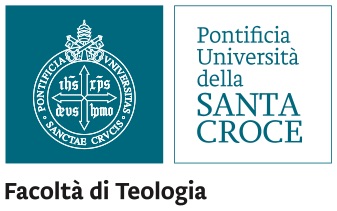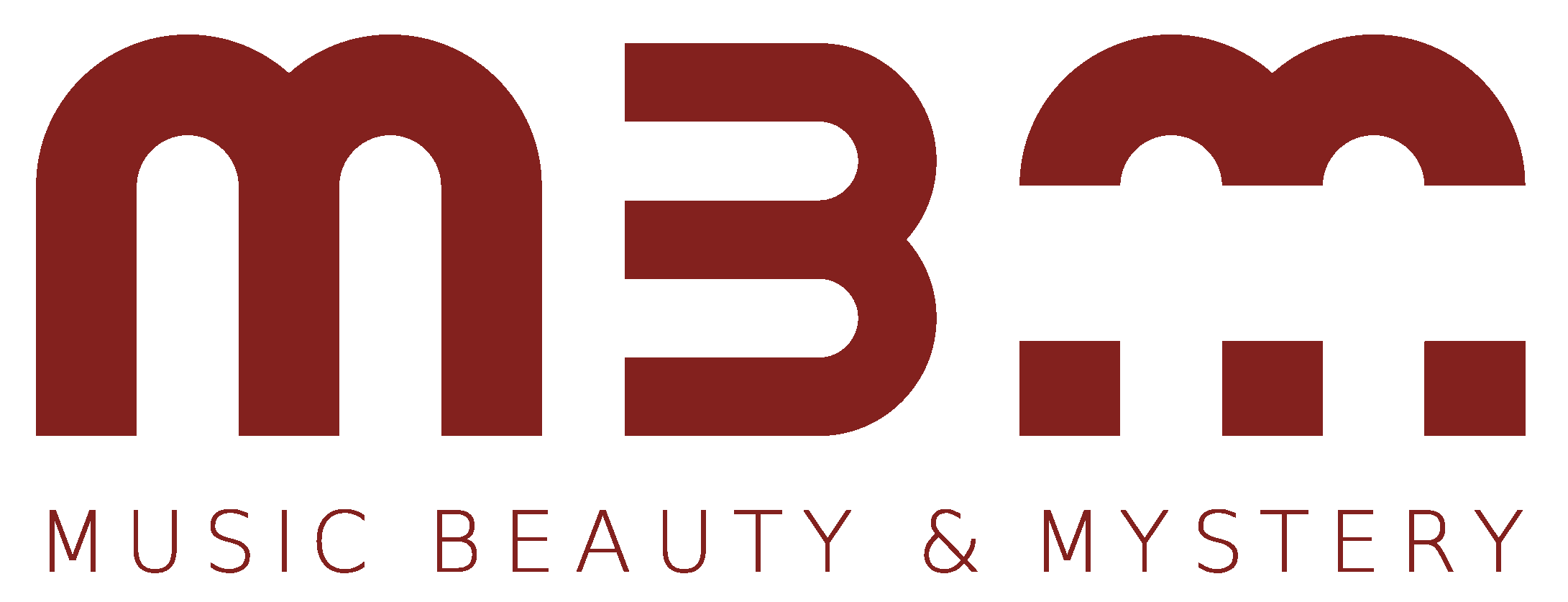

Sketch of initial characterization.
The starting point.
Platform for MLT work
<< Presentation ...
The formal object of Liturgical Theology is the liturgy in actu, seen and experienced from the inside. But it must be considered that liturgical music belongs to the object of Liturgical Theology by its very nature. However, this becomes MLT since it now has to integrate the ocean of experience and the epistemology of music and Musicology into its formal object.
Appropriateness is the quality that liturgical rituals require of singing and music. This means that both words and song must express what each liturgy contains: the Mystery, which is not only Christ and His saving action in general, but also how He wants to show Himself in each particular moment of each celebration.
Now, on the one hand, music allows for a greater incisiveness of the words; on the other, liturgical chant, as a rule, accompanies them, its proper purpose being to «add greater efficacy to the text itself» (Pius X, Motu proprio Tra le sollecitudini, 1). This should be the window that opens to the study of the MLT, according to three main ways:
– historical way: learning the lessons of the history of liturgical music (why is such a determined piece liturgical?; how has it been able to express the theology with which it is charged?);
– fundamental way (what theology should the music of a particular offertory or communion antiphon contain?);
– creative way, in anticipation of the composition of new works (how to translate such theology into song?).
At this point, it must be said that many references to music found in various Church documents are properly MLT. Let us provide a few examples among many. The Instruction Musicam Sacram declares that musicians must intimately know and penetrate the spirit of the liturgy (cf. n. 67), and that the chants should be suitable for specific moments of the Mass, feast days, and the liturgical season (cf. nn. 32; 36). The General Instruction of the Roman Missal explains the meaning, purpose, and character of different chants of the Mass, as well as how they should be performed (cf. nn. 47-48; 52.53.55, etc.) and the meaning of silence (cf. nn. 56; 88).
All these explanations are MLT. However, it is natural that their reference is not particular but rather generic. They constitute a first level of MLT. But the MLT must reach a more specific level. Indeed, one must understand the theology of particular moments in the Mass, and furthermore, by taking an additional step, the theology of specific moments in each individual Mass. An example helps clarify this concept. The music of an entrance antiphon must possess a series of characteristics that are common to all (cf. IGMR 47-48); however, the text and music of the entrance antiphon for the Christmas Mass will not be the same as that of the entrance antiphon for the Epiphany Mass, Holy Monday, or the ‘Gaudete’ Sunday. The same applies to communion chants in each Mass, as well as to the chants of the ordinary, which, despite having the same text, must be chosen according to the theological character of each particular celebration.
This is why the MLT is a guide to ensure that music truly responds to the spirit of the liturgical action (cf. Second Vatican Council, Const. on the Sacred Liturgy Sacrosanctum Concilium, 116). It is, therefore, about the theology that a piece of music carries and how and why it is said to fit or not fit a particular liturgical moment.
These are the requirements that shape both the material object and the perspective of MLT study, in a first approach.
Sezione:

